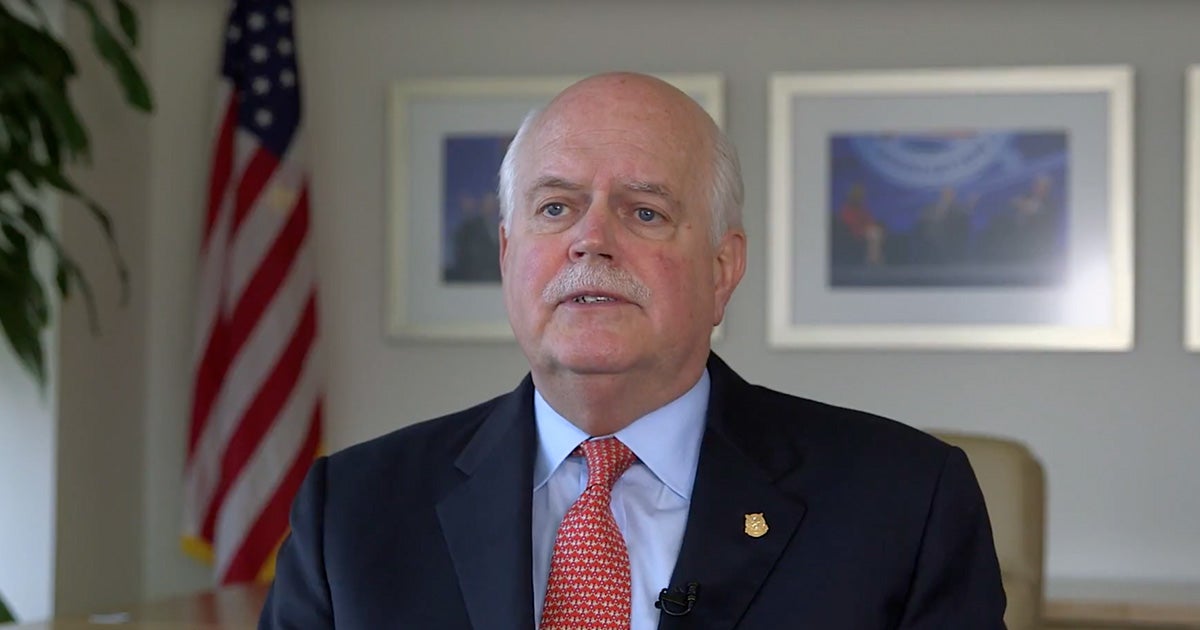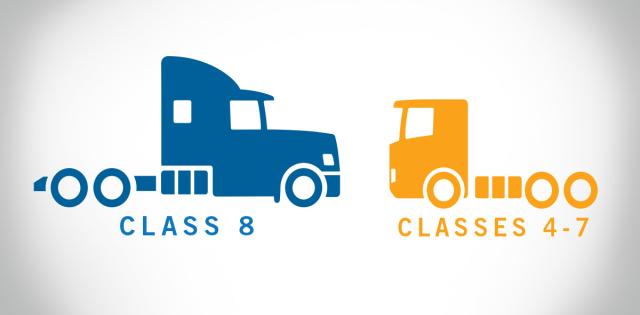A few weeks ago at the 2020 NADA Show in Las Vegas, the mood among dealers was extremely upbeat. And why not? The industry closed out 2019 with sales topping 17 million new units for the fifth straight year, and we seem to be situated atop a high and healthy sales plateau.
What’s more, dealers have had years to prepare for current conditions. And if the recent quarterly filings of the public dealership groups are any indication, the retail side is well positioned to absorb a modest decline in new-vehicle sales by continuing to focus on other business units within the store.
Dealers are more than ready for 2020 and whatever the beginning of this new decade throws at them.
Even so, there was something else in the air in Las Vegas—something that was a little harder to pinpoint, but was nonetheless lingering in the background. It wasn’t concern, and it wasn’t doubt. Let’s call it uncertainty. But not about business.
This was a concern about, frankly, a dealer’s place in a world where seemingly every breath out of an OEMs mouth these days is about “mobility,” “change” and “revolution”— anything other than “cars and trucks.”
Outgoing NADA Chairman Charlie Gilchrist summed it up best during his keynote address.
“The franchise system is at its peak,” he said. “Still, the two questions I hear most from dealers here and at home are: What’s my future? And how can our business model thrive into the future?”
Charlie’s right. These are legitimate questions. But that doesn’t mean they’re cause for alarm.
Four years ago NADA commissioned respected automotive industry consultant Glenn Mercer to help franchised dealers scan the horizon for threats to the business so they could be proactive in how they plan for the future.
Mercer’s eventual report, “The Dealership of Tomorrow: 2025,” provided a comprehensive view of what automotive retailing would look like to dealers, consumers and manufacturers in 2025. Among other things, Mercer was one of the first to predict an evolution not a revolution of the dealership business model in spite of wild pronouncements about disruptive technologies and behaviors that “promised” to blow up everything we knew about personal vehicle ownership.
Mercer’s initial insight is still just as relevant four years later. That said, we also thought a check-in couldn’t hurt, so last year we commissioned an update to the original Dealership of Tomorrow report.
Mercer again delivered a thoroughly researched diagnosis, this time in the form of a report titled “The Dealership of Tomorrow 2.0: America’s Car Dealers Prepare for Change.” NADA and Mercer began to share the findings with NADA members at the Show in Las Vegas.
“Our research convinces us of a positive outlook for the American franchised new- car dealership system,” Mercer writes in the summary to Dealership of Tomorrow 2.0. “This is the same conclusion we reached in 2017, and we stand by it. While we do foresee much change to the dealership over the next decade, and probably some compression of profitability, we do not project revolutionary change or, as it is popularly put, ‘disruption.’”
One of the key differentiators of Mercer’s updated report is a broader distinguishing of those challenges that will arise from “outside the store” versus those that will arise from “inside the store”—along with a detailed analysis of each category and how they potentially relate to one another.
At the time of the 2016 report, “there had been worry that outside threats (e.g. EVs, AVs) would overwhelm the industry—while current operations stayed strong,” Mercer writes in 2020. “Now that the hype around these outside issues has cooled, they’re seen as less worrisome—but conversely, we are more concerned about inside issues, such as erosion of near- term financial performance, and the impact of an (eventual recession).”
“The steady recovery in sales since The Great Recession seems to have plateaued, if at a very satisfactory level, thus necessitating this shift in focus,” Mercer continues. “It is clear that we are moving from a Recession Recovery era (in which rising sales lifted all boats) to the Age of the Operator, where better- managed stores are likely to open a clear lead.”
As with the original Dealership of Tomorrow report, Mercer goes into great detail and examines a number of factors that inform his conclusions, including:
- How will the dealer’s customer base evolve in terms of demographics, purchasing power and expectations for auto retail?
- How will online sales evolve?
- Who will own dealerships, and which types of owners are likely to succeed into the future?
- How can dealers continue to grow service and F&I revenue?
- What drivetrain mix will power tomorrow’s vehicles?
- How will expected continued use of ride-hailing services affect vehicle sales (and has ride-hailing already peaked)?
- Are robotaxis still as big of a threat as once feared?
What lessons can be learned from other markets? Preparing for change is a shared responsibility, so I strongly encourage every franchised dealer to closely read the Dealership of Tomorrow 2.0, which is available to NADA members at nada.org/dealershipoftomorrow. After all, the success of our industry isn’t in the hands of NADA, it’s in the hands of our dealer members. I know you will rise to the challenge.










